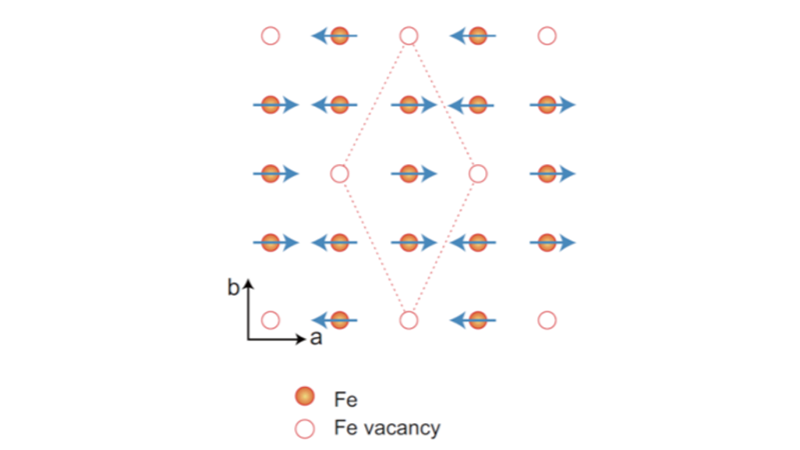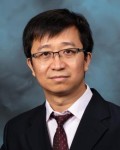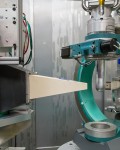Superconductors—materials that lose their resistance to the flow of electric currents below a certain transition temperature—have a myriad of actual and potential applications ranging from super-efficient electrical cables to more powerful magnets. Increasing the superconducting temperature is needed to realize many of the prospective applications, and researchers are investigating the origin of superconducting behavior as a key to improved performance. Researchers at Oak Ridge National Laboratory (ORNL) have identified an antiferromagnetic semiconducting phase that could be the true parent phase of new iron-based superconductors. The discovery defines a new direction in the search for magnetic high-temperature superconductors (HTSCs).
Two families of HTSCs have been identified: cuprates (copper oxides) and iron pnictides. The parent compound of the cuprates is an antiferromagnetic Mott insulator, in which valence electrons are constrained by the Coulomb repulsion of neighboring electrons to remain localized on atoms, rather than travel easily through the material as they would in a metal. The parent compound for iron superconductors is thought to be an antiferromagnetic metal. For these iron pnictides, the antiferromagnetic order at the atomic scale—one electron spin up, one down— forms a magnetic lattice that can be detected by neutrons through their magnetic moments. Neutrons are uniquely suited for such studies as, unlike x-rays, they can detect magnetism directly.
The nature of the parent compound of the Fe2-ySe2 superconductor has been debated since its discovery in 2010. ORNL researchers Jun Zhao and Huibo Cao, working with collaborators in Professor R. J. Birgenau’s group at the University of California, Berkeley, have used neutron diffraction to determine the magnetic structure, lattice structure, chemical composition, and relationship of all these with the superconductivity. Measurements at the HB-3A Four-Circle Diffractometer at ORNL’s High Flux Isotope Reactor HFIR have revealed that this compound features a new, antiferromagnetic semiconducting phase, with an antiferromagnetic order that could be suppressed by the phase shift to superconductivity. This behavior is similar to that of other iron-based superconductors and indicates that the semiconducting phase could be the true parent phase of this superconductor.
This semiconducting phase differs significantly from the behavior of insulating cuprates and metallic iron pnictides, so this discovery defines a new direction in the search for new magnetic HTSCs. In the next phase of the work, the researchers plan to investigate how the magnetic excitation evolves from the semiconducting antiferromagnetic phase to the superconducting phase and the relationship between superconductivity and the magnetic excitation.
This research was supported by the Scientific User Facilities Division, Office of Basic Energy Sciences, US Department of Energy, and by the Miller Institute for Basic Research in Science.
Published Work J. Zhao, H. Cao, E. Bourret-Courchesne, D.-H. Lee, and R. J. Birgeneau, “Neutron-diffraction measurements of an antiferromagnetic semiconducting phase in the vicinity of the high-temperature superconducting state of KxFe2-ySe2,” Phys Rev Lett 109, 267003 (2012). DOI: 10.1103/PhysRevLett.109.267003






